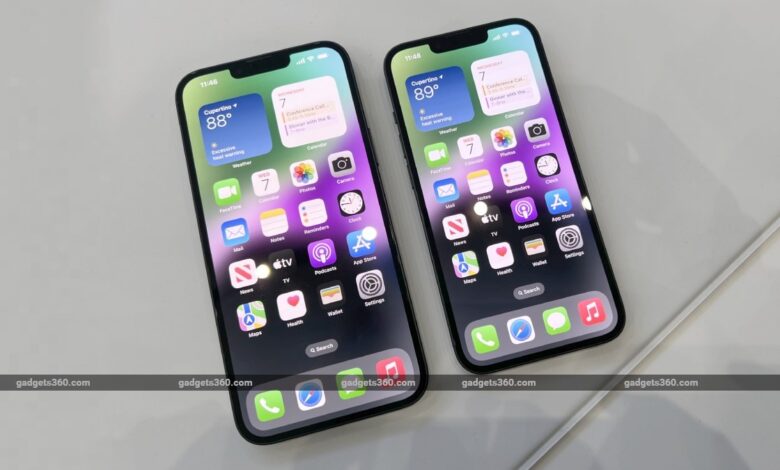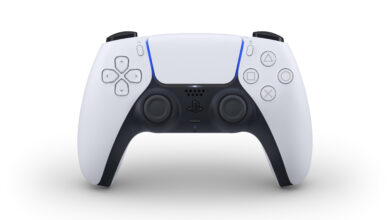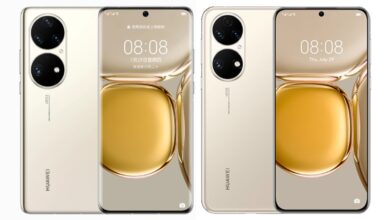iPhone 14 Plus, iPhone 14 First Impressions: Bigger Screen, Not Much Else

It seems that for the past year, the iPhone 13 Pro Max has been the second-most popular of all its siblings despite being priced the highest. Now, Apple is targeting those who want a bigger display but don’t need (or don’t want to pay for) all the premium features of the Pro models. The new iPhone 14 Plus is a clear upsell, intended to tempt iPhone buyers and upgraders to spend a little more than they might have otherwise. Android phones with screens larger than 5.5 inches now make up more than 50 percent of the market in some countries, so it makes sense for Apple to hit lower price points with a bigger phone. This is one of the ways that Apple has lagged behind the Android world, going back as far as the iPhone 5.
iPhone 14, iPhone 14 Plus price in India
Apple has launched the iPhone 14 at the same price as the iPhone 13 (Review) last year, which is unusual because the iPhone 14 Pro siblings have become more expensive and other models have just had upward price corrections as well, thanks to international exchange rate changes. You’ll pay Rs. 79,900 for 128GB of storage, Rs. 89,900 for 256GB, or Rs. 1,09,900 for 512GB. The iPhone 14 Plus costs Rs. 10,000 more per tier, so the prices follow the same pattern: Rs. 89,900, Rs. 99,900 and Rs. 1,19,900 respectively.
There’s no replacement for the iPhone 13 mini, but given that not much has changed between generations and the fact that it has now had a price cut, it still serves the same target audience just as well. iPhones usually get software updates for more than five years and this way entry-level buyers and those who just want something small because they’re used to older phones are still satisfied.
The new Purple color option is subtle and soft, but will stand out
iPhone 14, iPhone 14 Plus: What’s new?
We’re at a point where there isn’t much that smartphone manufacturers can do to make them feel fresh and exciting. The iPhone 14 is a competent iterative step beyond the iPhone 13, but it doesn’t break any new ground and won’t make anyone rush out to buy it. On the other hand, the iPhone 14 Plus represents a whole new offering and if you can afford it, you might be tempted to upgrade.
The most appealing aspect of the iPhone 14 Plus for me is the fact that it’s quite a bit lighter than the iPhone 14 Pro Max, at 203g compared to 240g. If you were put off by how bulky and unwieldy the flagship models are, you might find this new option a pleasant middle ground. The iPhone 14 continues to be one of the lightest in its class and is easy to handle.
What’s also interesting is that the iPhone 14 Plus promises the best battery life of any iPhone ever. It can outperform its premium siblings in this regard thanks to its less demanding display and other hardware.
The camera system is improved, with a larger sensor and f/1.5 aperture for the new 12-megapixel main camera. The biggest news is that the front camera now supports autofocus so you can get more creative with self portraits. Low-light performance is said to be at least twice as good across all cameras, and it was already great with the iPhone 13 series. Between the camera hardware, processor, and iOS, there’s a new set of capabilities that Apple is calling its “Photonic Engine”. This basically means that HDR processing, in which details from multiple exposures are combined to arrive at the final shot you see, now happens much earlier in the capture and processing pipeline. By working on uncompressed data, Apple says locking focus is quicker, colors come out truer to life, and detail is improved significantly. Action Mode is a new video stabilization option that uses the sensor area beyond the frame of what you’re shooting and then crops each frame to compensate for motion, achieving results that Apple says are comparable to using a gimbal.
Crash detection is a new feature based on the more advanced accelerometer and gyroscope that all this generation’s iPhones have. It can detect sudden deceleration and recognize sounds, triggering a call to emergency services and your trusted contacts to get you help if ever needed. Satellite-based emergency SMS communications is currently limited to the US and Canada, and also uses Apple’s hardware and software to locate satellites without a bulky antenna. It’s extremely slow and limited in functionality, but could be a lifesaver if you’re ever stranded without cellular network coverage. It will be a paid service, but we don’t know the cost yet, and the first two years are free.
The Starlight and Midnight color options continue from last year, and there’s a much brighter (Product) Red option. This year’s new colors are a light, denim-like Blue and a very faint lilac Purple.
![]()
The larger iPhone 14 Plus (right) gives Apple a new way to compete with today’s mainstream Android phones
iPhone 14, iPhone 14 Plus: What you don’t get
Apple feels that last year’s core hardware is still good enough to go into the latest iPhones. The iPhone 14 and iPhone 14 Plus make do with the A15 Bionic SoC, though it’s the slightly more capable version that last year’s Pro models had, with one extra GPU core, so there’s still a bit of an upgrade. This marks the first time that Apple is stratifying its Pro and non-Pro models with entirely different SoCs – this might be because of supply chain and manufacturing issues, or it’s a sign that we really have reached a point of diminishing returns in terms of CPU power for phones.
One big disappointment is that the 120Hz ProMotion display feature hasn’t trickled down from last year’s Pro models to this year’s iPhone 14 and iPhone 14 Plus. The resolution, brightness, and color capabilities are exactly the same as last year. Of course you don’t get the cool new Dynamic Island functionality or always-on display either. Apple has also reserved its 48-megapixel main camera sensor and second-gen sensor shift stabilization for the premium models.
In the US, you don’t get a SIM tray at all since Apple is now going all-in on eSIMs. This isn’t necessarily a good thing, but it’s likely that Android manufacturers will follow. Other than being slightly thicker, the physical design of the iPhone 14 is pretty much identical to that of the iPhone 13 with a glass back, Ceramic Shield front, and aluminum frame. There are no new claims about durability, no improvement to MagSafe or wired charging speed, and no USB Type-C port.
The iPhone 14 Plus will probably sell well just because it’s a larger iPhone that isn’t as expensive as the Pro Max models. The vanilla iPhone 14 though is likely to have a smaller audience largely because it doesn’t offer anything significantly new.
Disclosure: Apple sponsored the correspondent’s flights and hotel stay for the launch event in Cupertino.
,






